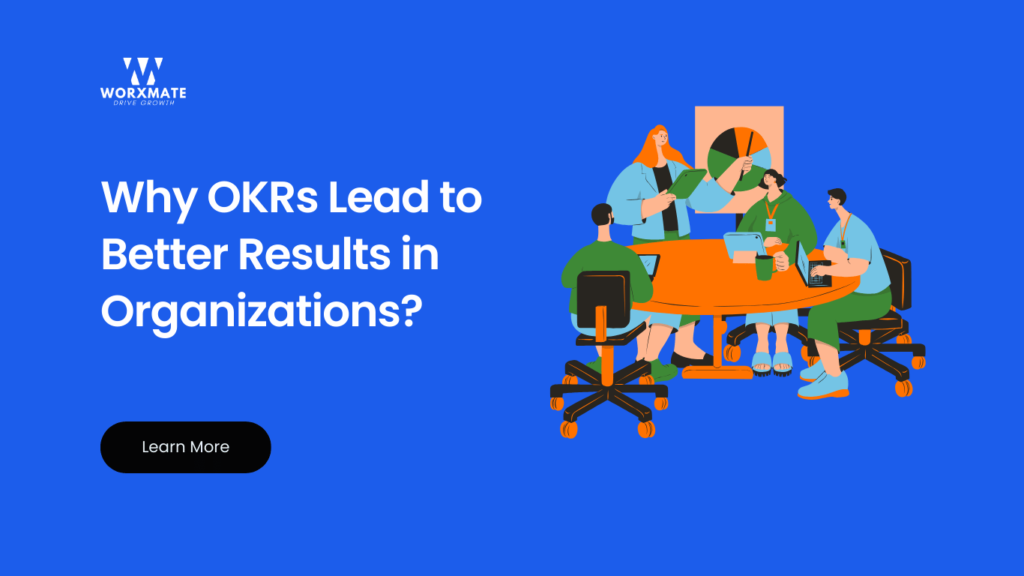- Articles
Why OKRs Lead to Better Results in Organizations?
- April 3, 2024
- 4 min read

In an ever-changing business environment, Objectives and Key Results (OKRs) have emerged as a powerful methodology for driving success. From startups to multinational corporations, organizations worldwide are adopting OKRs to achieve better results and propel growth. Gartner research shows that when employee goals are aligned to both organizational and employee needs, there can be an 22% increase in employee performance. OKRs can assist you in doing that. But what makes OKRs so effective? In this blog, we delve into the reasons why OKRs lead to superior outcomes and how they can transform your business.
Here are reasons why OKRs deliver better results:
- Alignment and Focus:
The ability of OKRs to bring individuals and teams together around shared objectives is one of the main reasons why they provide greater results. OKRs ensure that everyone in the organization is working toward the same large mission by establishing specific, quantifiable goals. Teams are better able to focus and avoid distractions when there is alignment, which enables them to direct their efforts toward accomplishing important goals.
- Accountability and Transparency:
Within organizations, OKRs create a culture of transparency and responsibility. Every person or group establishes their own OKRs that support the overall objectives of the company. Employees are empowered to take the initiative and produce outcomes because they feel accountable and own the company. Furthermore, everyone in the company can see and understand OKRs, which encourages open communication and teamwork.
- Adaptability and Agility:
Compared to conventional goal-setting methods, OKRs encourage flexibility and adaptability. Since OKRs are usually defined for shorter time periods—quarterly or annually, for example—organizations can modify their plans and goals in response to shifting market conditions or internal priorities. Organizations may remain adaptable to changing opportunities and challenges due to this flexibility, which eventually produces superior outcomes.
- Data-Driven Decision Making:
By focusing on measurable key results, OKRs promote data-driven decision-making. Through the establishment of precise and measurable measures, OKRs offer a transparent framework to evaluate advancement and productivity. Organizations may pinpoint areas for development, make well-informed decisions, and adjust course as necessary to meet their goals using this data-driven strategy.
- Continuous Improvement:
Continuous improvement is one of the core principles of OKRs. OKRs encourage teams to aim for excellence while still providing opportunity for experimentation and learning. They are ambitious but attainable. Over time, organizations can improve their performance, products, and processes iteratively by analysing and fine-tuning their OKRs, which will ultimately lead to improved outcomes.
List of companies that use OKRs:
- Intel
- LinkedIn (owned by Microsoft)
- Airbnb
- Spotify
- Uber
- Netflix
- Amazon
- Adobe
- Dropbox
- Slack (owned by Salesforce)
- Facebook (Meta Platforms)
- Salesforce
- HubSpot
Conclusion
OKRs are a powerful tool for driving better results in organizations of all sizes and industries. By fostering alignment, accountability, adaptability, data-driven decision-making, and continuous improvement, OKRs empower organizations to achieve their most ambitious goals and realize their full potential. Whether you’re aiming to increase revenue, improve customer satisfaction, or drive innovation, implementing OKRs can set your business on the path to success.
Curious about the secrets behind successful OKR implementation? Learn how to overcome challenges and harness the full potential of OKRs to drive your organization forward.
Share this article:



